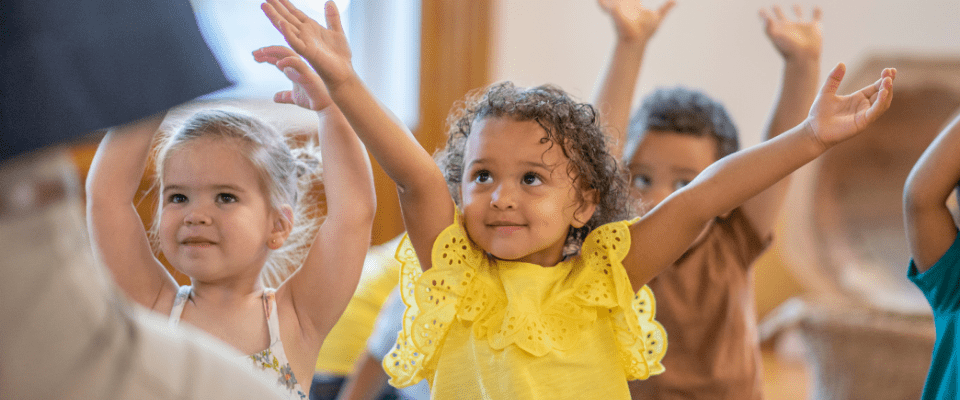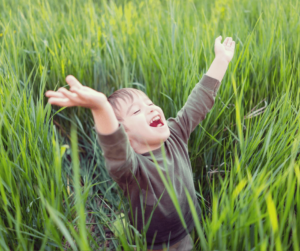Our life is shaped by our mind, for we become what we think.
Gautama Buddha
When we feel better we do better. But with heightened academic pressure trickling down to kids as early as kindergarten, resulting in less time for play and the arts, children today are faced with an unprecedented amount of stress and anxiety. 25% of 13- to 18-year-olds will experience an anxiety disorder according to the National Institutes of Mental Health. Introducing your kids to mindfulness is a great way to help them cope with these high levels of stress.

Introducing mindfulness to kids begins with us
Many schools have started to implement mindfulness programs to reduce these numbers and give children the tools necessary to address mental health in a school-based setting. So what can we do as our children’s first teachers to help? It begins with us. Children mirror the nervous systems of the adults around them so we must model what we wish to see, first and foremost.
But where do we begin? Creating a safe place for our kids to learn might begin with creating some space for them to breathe.
Here are 5 simple ways to introduce mindfulness to kids.
1. Give them choice.
I never force a student or child to participate in a mindfulness practice. I offer a simple guided practice knowing my relationship with them is more important than the actual mindfulness practice. New things take time. Give them the space they need to learn at their own pace and to start when they feel ready.
2. Start with their senses.
Any time we focus on and incorporate one of our senses for 1 minute or more it’s considered a mindfulness practice. This could be a listening practice like Layers of Sound where we listen for sounds from nature, humans, machines, animals, far away or nearby sounds.
3. Try a breathing technique
A breathing practice like 4, 7, 8 is a simple way to help kids focus on their own relaxation response. Simply inhale for the count of 4, hold for the count of 7, and release a big exhale for the count of 8 and repeat 5 times. This encourages activation of the Parasympatheitc Nervous System which creates the calm feeling in our bodies. This also reverses the physiological response to stress in our bodies. Think slowing the heart rate, relaxing the body, and creating an anchor when we feel overwhelmed.
4. Use signals.
Use a singing bowl or bell to signify a time of transition. Kids do better with structure and routine so if they know the bell means it’s almost time to go somewhere or do something new they are less likely to meltdown. If kids associate a mindfulness practice with a time of heightened energy like lining up for gym they are more likely to transition with that calm feeling.
5. Mindful movement.
Reaching the hands above the head, simple twisting in their desks or on a mat, and folding forward can be a wonderful way to help kids center their awareness on their body and provide a much needed movement break. Our bodies weren’t designed to sit for long periods of time in a desk. We need to move stuck energy and breathe big to feel better.
For more practices head to https://www.mindfulyoumindfulme.org/blog


